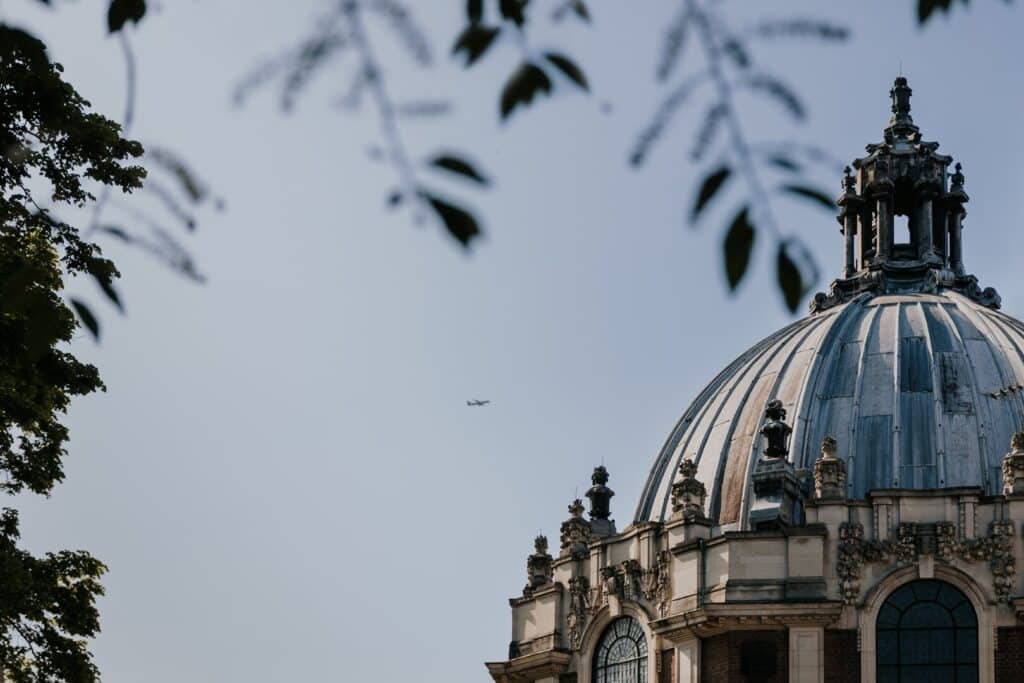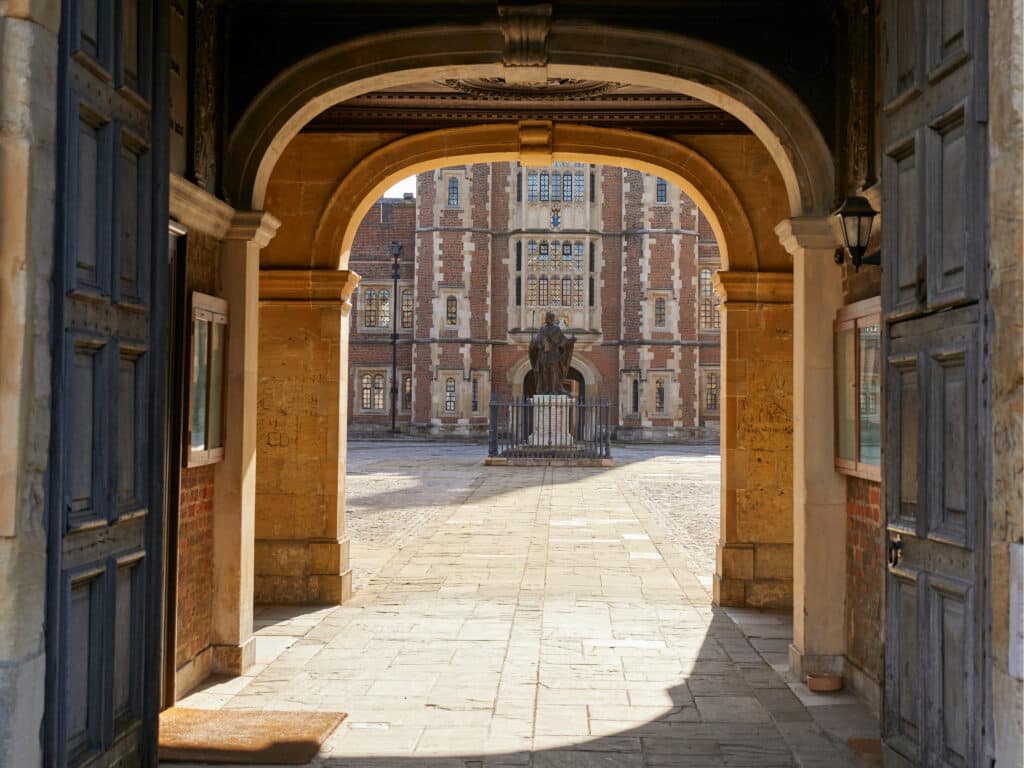To mark World Wildlife Day 2023, we are proud to celebrate the most iconic of riverside species – the noble otter!
Otters are the largest British members of the weasel family. Their webbed feet and dense fur, combined with streamlined shape and long, tapered tail, make them formidable swimmers. They swim stealthily (the better to hunt their prey) with eyes on the top of their head allowing them to keep a low profile in the water. Indeed, they are beautifully adapted to swim underwater for several minutes, and able to close their noses and ears whilst submerged.
Early one morning in November 2021, Wendy Hermon, Rescue Coordinator of Swan Support, phoned our Natural History Museum to report a juvenile female otter which had sadly been involved in a road collision in Wraysbury. This distressing event nevertheless provided the museum with an opportunity to showcase the recent success of otter populations in the Thames Valley and add to our already comprehensive displays featuring local wildlife. Top taxidermist Luke Williams has been able to produce not only a fabulous stuffed specimen but also has produced its articulated skeleton alongside it, despite the damage caused by the collision.

Otters are apex predators and sit at the top of their food chains. Typically, 75% or more of their diet is fish, the remainder including crustacea such as crayfish. Toxins taken in lower down the food chain tend to be passed up to the apex: because otters live relatively long lives (on average 3 – 4 years) these toxins can accumulate and cause population decline as a result. Consequently, by the early 1970s, otters had disappeared from the Thames, in all probability due to the over-use of pesticides from the 1950s onwards, compounded by habitat loss. Reflecting this, from 1990 – 99 the Thames Valley Environmental Records Centre (TVERC) only had 13 records of otters; however, in the last decade (2010 – 19) there was a considerable recovery in numbers with over 200 records. Protection by legislation (the Wildlife and Countryside Act, 1981, and the Conservation of Habitats and Species Regulations of 2010) has played a part, helping to limit pollution and encourage the conservation and creation of riverside habitat. This has been overseen by organisations both national (e.g. the Mammal Society and The Otter Trust) and local (BBOWT). Because otters are a protected species, the Museum’s Curator must hold a licence (from Natural England) to allow the display of our otter for educational use.
Otters are elusive creatures for a variety of reasons, apart from their covert swimming habit described above. Most active at dawn and dusk, otters are mostly solitary creatures. Males and females come together only to mate. Females rearing cubs look after their two or three pups for six months or more before they, too, become independent. Otters are amazingly mobile. Males tend to patrol up to 40km of river with females roving about half as much. Many otters lack a distinct home range and transience makes them prone to being involved in road collisions. Indeed, since 1994 the Cardiff University Otter Project has made a key study of 4,000 or so otters involved in roadkill, for example being able to analyse post mortem heavy metal contamination.
Otters, sitting at the apex of their various food chains, are thus vitally important as biological indicators of the health of our rivers and the habitat alongside them. Their relatively long lives, and the persistent accumulation of contaminants they are exposed to through the food chain, means that they are a better barometer of pollution than water sampling alone can provide. The health of otters and their flourishing populations are the best biomonitors of all. Do come and see our museum’s latest specimen, just one of the 17,000 objects in its collection.



